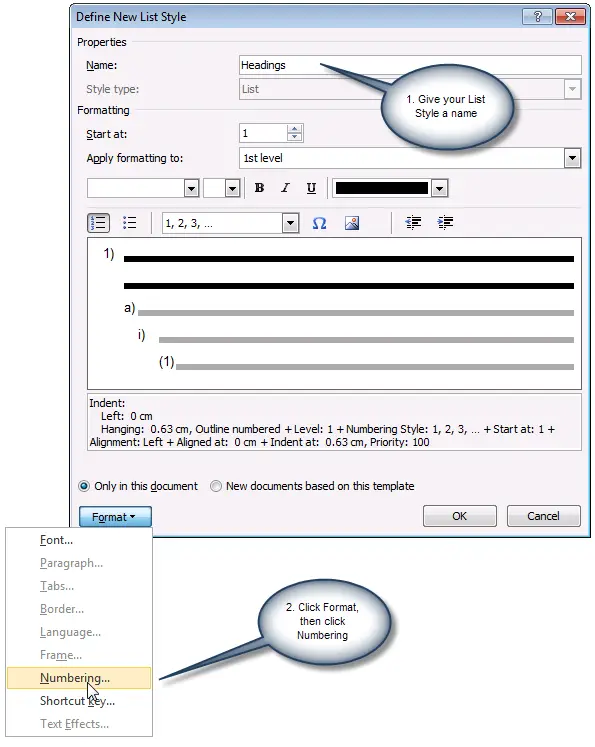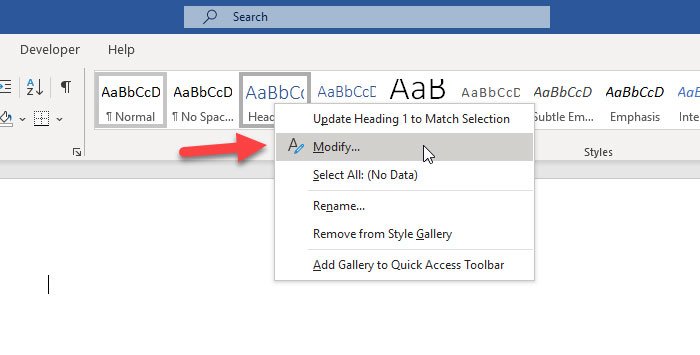
- #MICROSOFT WORD HEADING LEVESL HOW TO#
- #MICROSOFT WORD HEADING LEVESL SOFTWARE#
- #MICROSOFT WORD HEADING LEVESL PLUS#
#MICROSOFT WORD HEADING LEVESL HOW TO#
See How to apply a style in Word for a list. It is particularly easy to apply the built-in Heading styles because Word has built-in keyboard shortcuts. But Word makes it easier to apply numbering to the built-in Heading styles. You can apply numbering to any kind of style. If you don't like the format of the built-in styles (and few people would find them attractive as they arrive out of the box), you can modify the styles so they have the font, paragraph and other formatting you want.

But there are good reasons to use Word's built-in Heading styles. You can use other styles (including your own custom styles) for most heading and numbering purposes. They are called Heading 1, Heading 2 etc.
#MICROSOFT WORD HEADING LEVESL SOFTWARE#

Succinct – a few words are usually enough a short sentence or two is sometimes appropriate.Accurate and equivalent – present the content or function as the image.
#MICROSOFT WORD HEADING LEVESL PLUS#
Provide an alternative in the surrounding text.įor complex images like charts, you will often need to provide succinct "Alt text" plus a table or lengthier text alternative near the image.You can add "Alt text" text to Pictures, Shapes, Charts, SmartArt, and (in Office 365) Icons and 3D Models. Use the "Alt text" functionality in Word.There are two ways to provide alt text in Word documents: This information will be presented to a screen reader user when they encounter the image. If an image presents content or has a function, you must provide an equivalent alternative text for this image. You should not skip heading levels, such as using a Heading 4 after a Heading 2 with no Heading 3 between the two. A Heading 4 is a sub-section of the Heading 3, and so on.A Heading 3 is a sub-section of the Heading 2.A Heading 2 is a major section heading.There is generally just one Heading 1 per document, although it is possible to have more than one (e.g., a journal where each article is a Heading 1). A Heading 1 is the document title or a main content heading.Heading levels should represent the structure of the document. These Font styles will provide visual headings but not the document structure needed for navigation by assistive technology users is missing. Unfortunately, it is a common practice to create a "heading" by highlighting the text and applying a different font, a larger font size, bold formatting, etc. However, this only works if Word's Heading styles are used.

For example, screen reader users can access a list of all headings in the document, jump from heading to heading, or even navigate by heading levels (e.g., all second-level headings). Screen reader users can also navigate Word documents by headings. When encountering a lengthy Word document, sighted users often scroll and look for headings to get an idea of its structure and content. A good heading structure is often the most important accessibility consideration in Word documents.


 0 kommentar(er)
0 kommentar(er)
